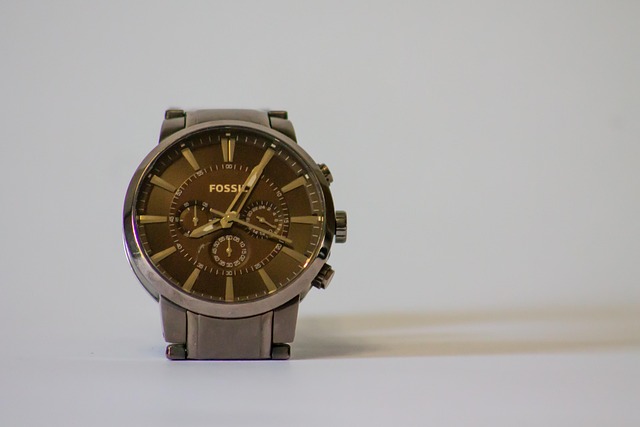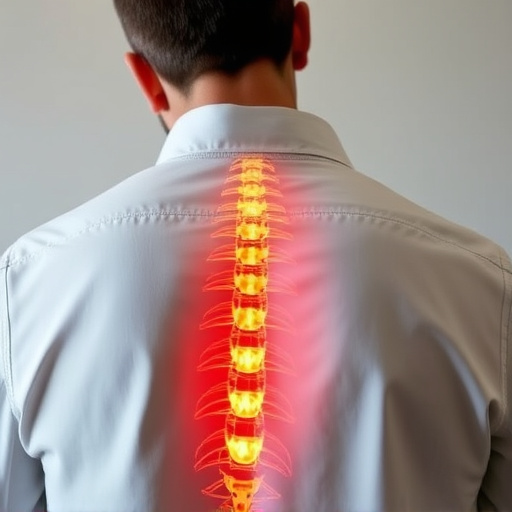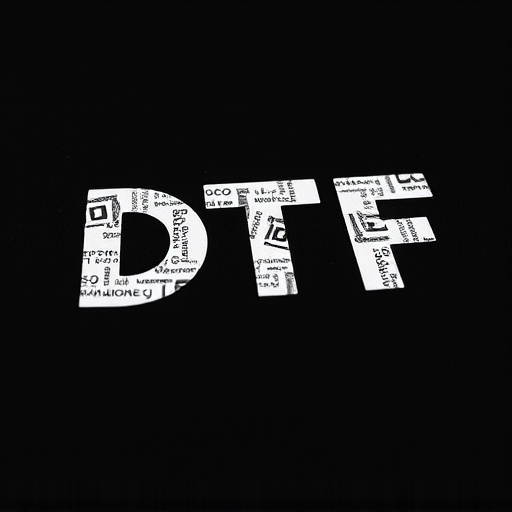Direct to Film (DTF) technology is transforming printing industries by offering unparalleled detail accuracy for intricate designs. Using UV-curable resin and precise laser exposure, DTF transfers capture fine lines and complex patterns perfectly. Ideal for custom apparel, graphic arts, signmaking, and fine art, DTF's precision ensures every thin line and tiny element is accurately reproduced. Choosing the right DTF materials, inks, and drying processes is crucial for consistent quality and durability. This cutting-edge method revolutionizes manufacturing and artistic expression with its ability to produce exquisite, detailed prints on various surfaces.
“Unleashing precise line art and intricate details, DTF (Direct-to-Film) transfers have revolutionized printing. This cutting-edge technology ensures accurate reproduction of thin lines, making it ideal for artistic applications demanding fine detail. From graphic design to crafting, DTF prints offer unparalleled precision.
This comprehensive guide explores the mechanics of DTF transfer technology, its benefits, and the step-by-step process behind creating stunning DTF prints. We’ll also delve into material selection, common challenges, and real-world use cases, empowering you to harness the power of DTF printing.”
- Understanding DTF Transfer Technology: A Brief Overview
- Advantages of DTF Transfers for Delicate Line Reproductions
- The Process: How DTF Prints Capture Fine Details
- Choosing the Right DTF Materials for Optimal Results
- Common Challenges and Their Solutions in DTF Printing
- Real-World Applications: Where DTF Transfers Excel
Understanding DTF Transfer Technology: A Brief Overview
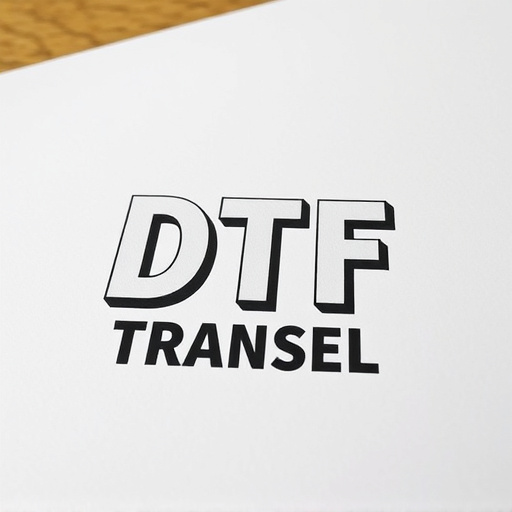
The world of printing has seen a significant evolution with the advent of DTF (Direct to Film) Transfer Technology. This innovative process revolutionizes the way fine details and thin lines are reproduced on various surfaces, especially in the fields of textile and graphic arts. DTF Printing offers unparalleled precision when it comes to creating intricate designs, ensuring every minute element is accurately transferred onto the desired medium.
DTF Transfer technology involves a precise printing method where images are directly exposed onto a film using laser technology. This film, treated with sensitive emulsion, is then used to create a mask, which, when placed over the substrate, allows for a controlled transfer of the image. The beauty lies in its ability to capture even the smallest details, making it ideal for creating fine lines and intricate patterns. Whether it’s for custom apparel design or crafting high-quality graphics, DTF Transfers have become a game-changer, offering an efficient and accurate solution for print enthusiasts and professionals alike.
Advantages of DTF Transfers for Delicate Line Reproductions

Direct-to-film (DTF) transfers offer a significant advantage when it comes to reproducing thin lines and intricate details accurately. This technique involves transferring an image directly onto a substrate using a UV-curable resin, creating a precise and detailed print. DTF Printing allows for a higher level of precision compared to traditional printing methods, making it ideal for delicate line reproductions in various applications, from graphic design to manufacturing.
One of the key benefits is its ability to capture even the tiniest details without blurring or losing clarity. This is particularly useful for creating intricate patterns, fine art reproductions, or technical drawings where precision is paramount. DTF Transfers ensure that every line, no matter how thin, is accurately represented in the final print, making them a preferred choice for professionals seeking exceptional detail reproduction.
The Process: How DTF Prints Capture Fine Details
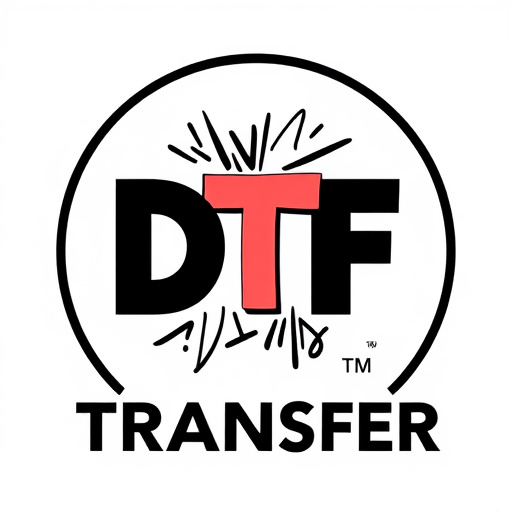
The process of DTF (Direct to Film) printing is a highly advanced technique that allows for the precise reproduction of intricate designs and fine details. It begins with creating a digital master file, which is then printed directly onto a transparent film using high-resolution inkjet printers. This film acts as a mask, allowing only specific areas to be exposed to light when transferred to the substrate material.
The magic happens during the exposure process where UV lights cure the emulsion on the film, creating a positive image of the design. This masks the unexposed areas, leaving behind a negative space that corresponds precisely to the original digital file. The result is an incredibly detailed transfer with thin lines and tiny elements accurately represented, making DTF prints ideal for intricate artwork, fine art, and graphic designs that demand exceptional precision.
Choosing the Right DTF Materials for Optimal Results

When it comes to achieving precise and detailed transfers, selecting the appropriate DTF (Direct to Film) materials is paramount. The right DTF film ensures optimal results, allowing for the accurate reproduction of thin lines and intricate details in prints. Key factors to consider include adhesion strength, base material quality, and the film’s ability to withstand various printing conditions without compromising accuracy.
For example, high-quality DTF films often employ advanced coatings that enhance their adherence to substrates while maintaining exceptional line definition. These materials are designed to resist smudging or peeling during the transfer process, ensuring the crispness of thin lines. Moreover, choosing a DTF film suited to your specific printing environment is crucial; factors like temperature, humidity, and exposure time can impact performance, so selecting a material compatible with your setup guarantees consistent, high-quality DTF prints.
Common Challenges and Their Solutions in DTF Printing
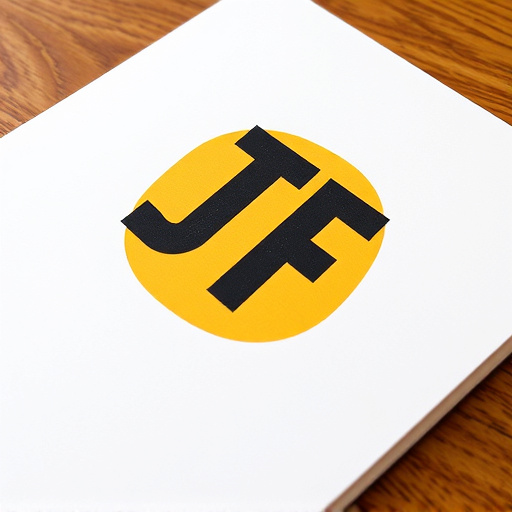
In the realm of DTF (Direct-to-Film) Printing, accurately reproducing thin lines and intricate details presents a unique set of challenges. One of the primary hurdles is achieving crispness in fine lines while preventing unwanted bleeding or smudging during the transfer process. Solutions to this involve using high-resolution print engines capable of delivering precise ink deposition, along with specialized inks designed for DTF that offer superior control over line width and dryness.
Another common challenge is ensuring the longevity of DTF prints, particularly when dealing with detailed designs. Environmental factors like humidity can cause warping or fading. Overcoming this requires proper material selection for both the substrate and the DTF film, as well as controlled drying processes to minimize shrinkage and maximize colorfastness. Additionally, employing protective coatings or laminates post-printing enhances the durability of the final DTF transfer, making it suitable for a variety of applications.
Real-World Applications: Where DTF Transfers Excel

In various industries, the DTF Transfer stands out as a game-changer when it comes to achieving precise and detailed prints, especially for intricate designs that require thin lines and fine textures. Its versatility is evident in DTF Printing, allowing manufacturers and artists to reproduce complex patterns on a variety of surfaces, from textiles to ceramics. This technology is particularly prized in the fashion industry for creating exquisite, detailed embroidery designs that mimic traditional handwork with machine-driven efficiency.
Moreover, DTF Prints find application in signmaking, where high-resolution line art and delicate details are crucial for capturing intricate logos, graphics, and illustrations. The ability to accurately reproduce thin lines ensures that these prints maintain their aesthetic appeal and legibility even at close range. This level of precision is also valuable in the production of fine art prints, ensuring that artists’ visions are faithfully translated onto canvas or paper.



